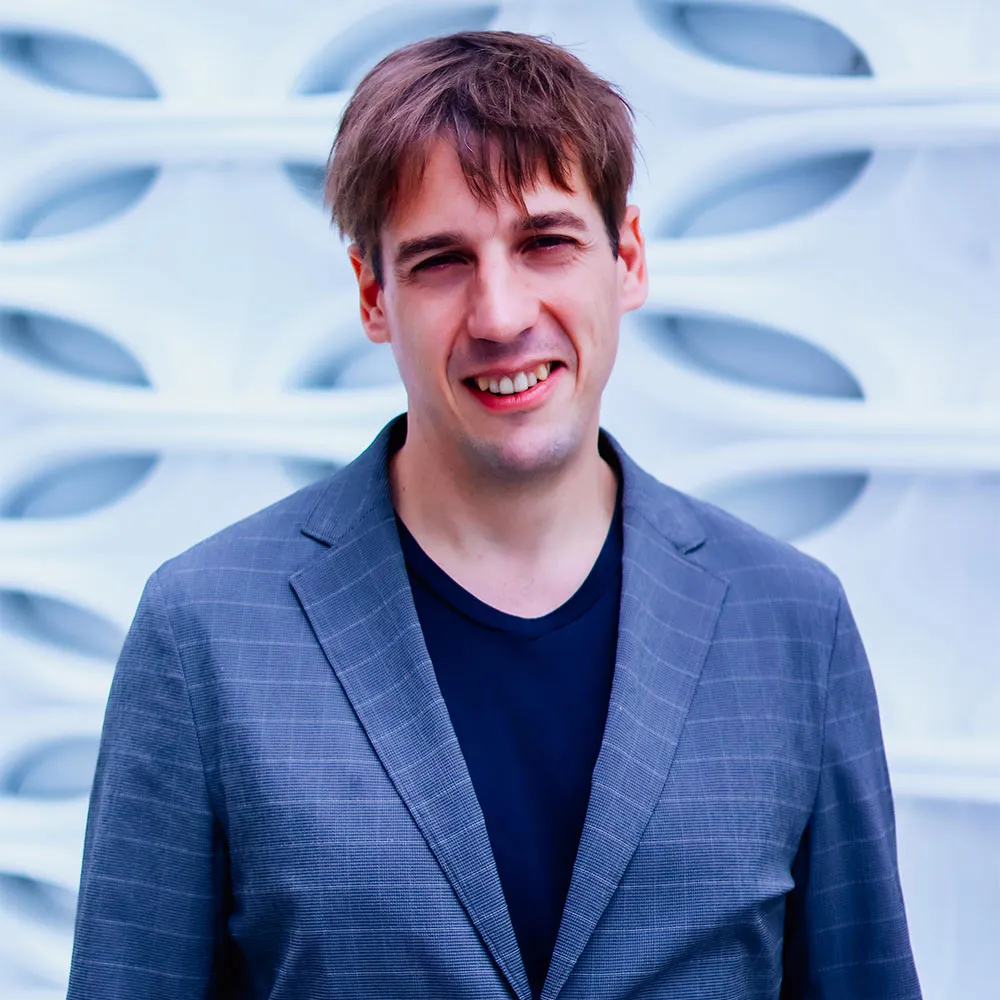Building a Venture Scale AI Developer Tool Company: Moderne CEO Jonathan Schneider (Part 1)

Jonathan has found a great, very large niche within the AI-powered Developer Tools space.The idea was born out of deep domain knowledge and customer exposure. VCs love such depth of technical insights and have funded Moderne lavishly.
Sramana Mitra: All right, Jonathan, let’s start at the very beginning of your journey. Where are you from? Where were you born, raised? What kind of background?
Jonathan Schneider: I have an unusual background. I was born and raised in rural Missouri. In my early life, I initially self-taught violin and came from an area that wasn’t very rich. I got into college on a violin performance scholarship. The first year into college was the year the Iraq War started. I enlisted there the week after that war started as a combat medic originally, moved into an officer program, came out, I worked in mechanized infantry as a convoy escort doing fire support for convoys up and down the road for several years.
In college, I had majored in math and computer science but just ran those missions for seven years. After coming out of army, with my violinist background, I worked at Netflix on engineering tools.
Sramana Mitra: Did you finish your college program?
Jonathan Schneider: Yes. That was a prerequisite to the officer path in the army. You had to have a degree, so that was part of the path ultimately.
Sramana Mitra: Where was your college?
Jonathan Schneider: In a regional college in Missouri, Truman State University, really well-known in that area, but of course, outside of the corporate research.
Sramana Mitra: So how did you end up in Netflix then?
Jonathan Schneider: It’s an interesting story. Actually, I didn’t ask that question in the interview. I just an e-mail from the hiring manager inviting me to interview. I think seven days later, I moved to California through a very quick interview process. Some months later, I asked, how did you find me exactly? He said, “Well, you had contributed to Groovy, which is a programming language compiler.”
I don’t think I had. I told him, I don’t think I did. He’s like, no, I think you did. It may have all been a mistake. I don’t know, but somehow I wound up there. But I did work very hard for them and was reasonably successful there.
Sramana Mitra: But you were in software in Netflix.
Jonathan Schneider: That’s right. I was a software engineer on engineering tools.
Sramana Mitra: So set me up on the chronology. What year did you start in Netflix and what kind of time frame are we talking?
Jonathan Schneider: 2014 is when I started at Netflix and was there for about three years. I decided to go back to Missouri for personal reasons. I transitioned to a company called Pivotal, which was spun out of VMware originally and worked on an open source team called the Spring Team. In the Java ecosystem, that’s a very well-known team, but it was working remotely.
Sramana Mitra: Yes, this was an acquisition that VMware made. We have a case study in our program.
Jonathan Schneider: That’s right.
Sramana Mitra: So then you were working on Spring for Pivotal and working from home.
Jonathan Schneider: I worked on application metrics and telemetry and eventually continuous delivery solutions, so more on how to operate applications, which was not something they had a lot of strength in at that time.
Moderne’s co-founder Olga Kundzich and I were working together as the product technical pair leading this effort there. We were working with a lot of Pivotal large enterprise customers like JP Morgan, Home Depot, and Kroger, trying to teach advanced continuous delivery concepts. What we kept hearing was, “Yeah, I’d love to do that, but talk to me in a year when I’m done migrating this app from this version to this version.”
They were really struggling with that application modernization journey, which interestingly is what I had worked on for Netflix. I think we just saw the same story over and over and over again, and that made us eventually think maybe we should go do that instead as a separate company.
Sramana Mitra: Okay, well, so you encountered the pain point in your job.
Jonathan Schneider: Repeatedly.
Sramana Mitra: Repeatedly. So you had good validation and good insight on what the customers were looking for and good customer relationships.
Jonathan Schneider: It didn’t actually help in the end because by the time we had started, I think the key decision-makers that we had worked with at all of those companies had just coincidentally moved on. In some ways, it didn’t help, but the validation element was there. It was a core part of how we started.
This segment is part 1 in the series : Building a Venture Scale AI Developer Tool Company: Moderne CEO Jonathan Schneider
1 2 3
Featured Videos
Can 1M/1M Help Me Raise Money?
How Does 1M/1M Democratize Entrepreneurship Education?
How Does 1M/1M Democratize Management Consulting?
When Is The Right Time To Join 1M/1M?
Can 1M/1M Help Me With Business Development?
Can 1M/1M Help Me With Market Sizing?
Can 1M/1M Help Me Validate My Product?
Will I Have Private 1-on-1 Sessions In 1M/1M?
How Does 1M/1M Help Entrepreneurs Connect With Silicon Valley?
Mentoring or Consulting?
Why Does 1M/1M Charge $1000 a Year?
Why Does 1M/1M Partner With Local Organizations?
Why Don\’t Mentoring Networks Work?
Why Is It Important To Study With 1M/1M Now?
Dan Stewart Story
Vikrant Mathur Story
